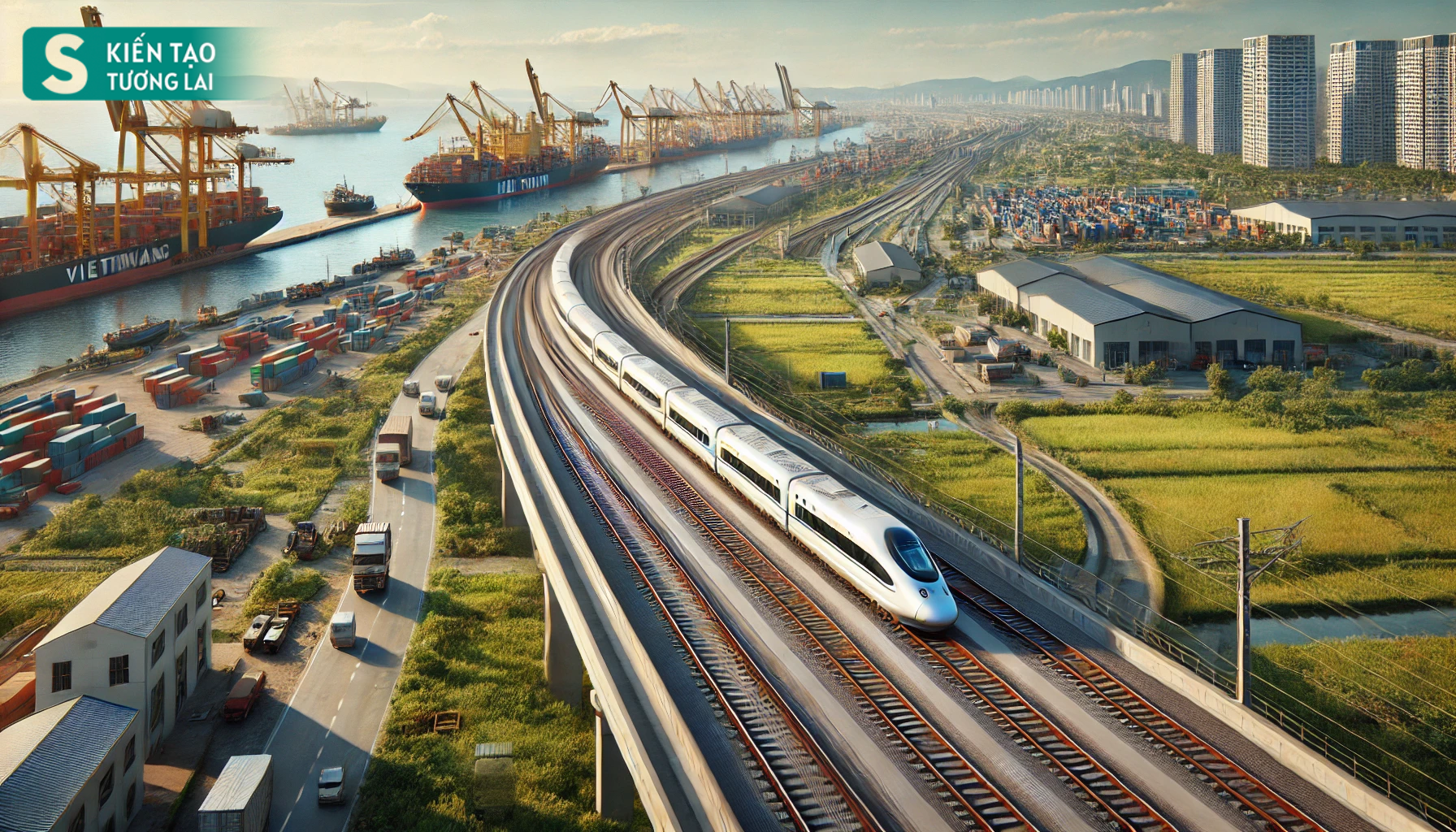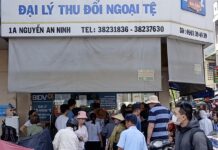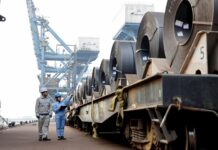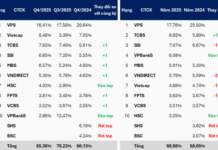Construction Expected to Start in 2027
Vietnam’s Ministry of Transport is expediting the development of the Lao Cai – Hanoi – Hai Phong railway project, with a target to submit it for National Assembly consideration and investment decision in 2025 and commence construction in 2027.
The Ministry has directed the Railway Project Management Unit to prepare a pre-feasibility study report for the construction of the Lao Cai-Hanoi-Hai Phong railway line.
This project is expected to enhance the national transportation system and boost economic growth in the region, particularly cross-border trade between Vietnam and China.

Illustration of a station on the railway line by AI ChatGPT
Previously, the Vietnamese government allocated 4 billion VND from the 2024 central budget reserves to the Ministry of Transport for the pre-feasibility study of the Lao Cai-Hanoi-Hai Phong railway line.
Deputy Prime Minister Tran Luu Quang signed Decision No. 864/QD-TTg, approving the funding as proposed by the Ministry of Planning and Investment, who will also be responsible for ensuring compliance with regulations in the report and proposal.
In February 2024, the Government Office issued Document No. 57/TB-VPCP, conveying the conclusion of the Government’s Standing Committee regarding investment in several national railway lines. It instructed the Ministry of Transport to work closely with the Ministry of Foreign Affairs and relevant agencies to finalize a memorandum of understanding and collaboration agreement with China on the Lao Cai – Hanoi – Hai Phong railway project.
The decision emphasizes the immediate focus on investing in the Lao Cai – Hanoi – Hai Phong line (with construction aimed to start in 2025) and exploring options for utilizing foreign preferential loans (clarifying interest rates, loan value, and duration) and issuing bonds to fund the project.
Proposed Layout of the Lao Cai – Hanoi – Hai Phong Railway
According to the national railway network plan, the Lao Cai – Hanoi – Hai Phong line will be approximately 380 km long and constructed to a standard gauge of 1,435 mm. The project will be implemented in two phases, with the Hanoi – Hai Phong section expected to be completed by 2030, followed by the Hanoi – Lao Cai section after 2030.
This railway line will not only connect northern provinces but also enhance cross-border links with China via the Ha Khau border gate in Lao Cai. The route is expected to pass through 8 provinces and cities, including Lao Cai, Yen Bai, Phu Tho, Vinh Phuc, Hanoi, Hung Yen, Hai Duong, and Hai Phong, terminating at Lach Huyen Port in Hai Phong, a critical node for the development of maritime logistics in Vietnam.

The Lao Cai – Hanoi – Hai Phong railway will boost trade with its terminus at Lach Huyen Port. Illustration by AI ChatGPT
The line will feature 73 large bridges with a total length of over 130 km, 25 tunnels spanning 25 km, and 38 stations, including 29 newly constructed ones. It will cater to both passenger and freight transport, with an estimated investment of USD 10-11 billion.
In the long term, the line is predicted to have a cargo capacity of 10 million tons per year and operate 15 train pairs daily. There will be 41 stations along the route, including 5 major stations for train assembly: Lao Cai, Yen Thuong, Nam Hai Phong, Ha Long, and Cai Lan. Additionally, there will be 27 stations for train overtaking and 5 intermediate stations for passenger and cargo handling.
The Lao Cai – Hanoi – Hai Phong railway is anticipated to bring significant economic, social, and transportation benefits to the region and the country, fostering local economic development and facilitating cross-border trade with China through Lao Cai.









































